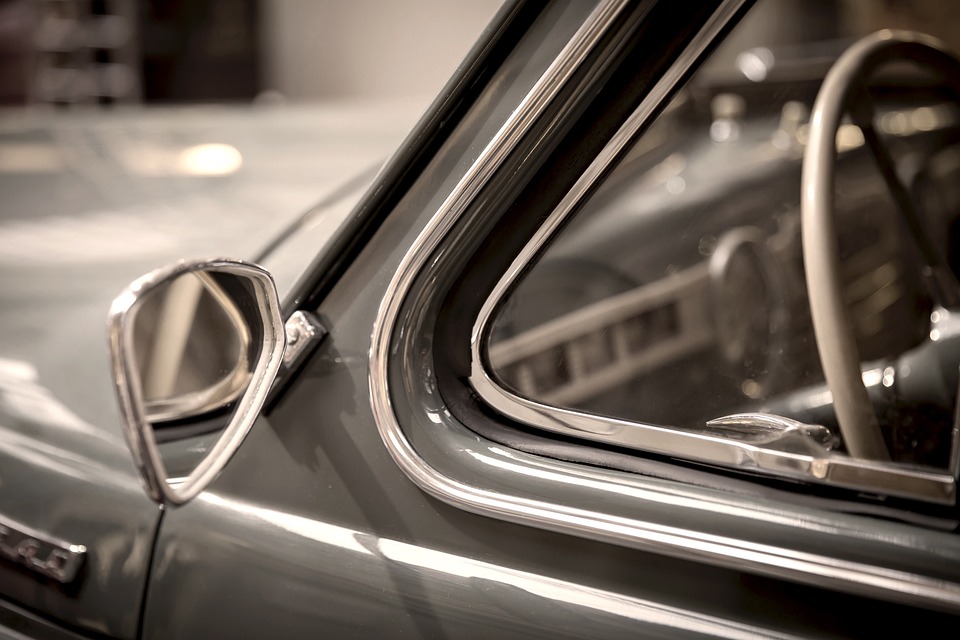In an era where fuel prices are continuously fluctuating and environmental concerns are becoming increasingly urgent, optimizing your car’s fuel efficiency is not just an economic necessity but also a moral obligation. Luckily, enhancing your vehicle’s fuel efficiency doesn’t necessarily require investing in the latest hybrid or electric technology. Many strategies are simple, cost-effective, and can be implemented immediately. Here’s a comprehensive guide to help you maximize your car’s fuel efficiency.
1. Regular Maintenance
Maintenance isn’t just about keeping your car running; it’s also key to fuel efficiency.
a. Engine Health
Regularly servicing your engine ensures it operates at peak efficiency. Replace spark plugs, oxygen sensors, and other components as recommended by your vehicle’s manual.
b. Air Filters
A dirty air filter can significantly reduce fuel efficiency by restricting airflow to the engine. Replace or clean your air filter every 12,000-15,000 miles.
c. Oil Changes
Use the recommended grade of motor oil for your car. High-quality synthetic oils can also improve engine performance and fuel efficiency.
2. Tire Care
Neglecting your tires can cost you at the pump.
a. Proper Inflation
Under-inflated tires create more rolling resistance, which means your engine has to work harder. Check your tire pressure monthly and keep them inflated to the manufacturer’s recommended levels.
b. Alignment and Balancing
Poorly aligned wheels can drag your car to one side, wasting fuel. Regularly check and align your wheels to ensure smooth driving.
c. Tread
Ensure your tires have adequate tread to maintain good traction. Replace them when worn out to maintain fuel efficiency.
3. Driving Habits
Your driving style dramatically impacts fuel consumption.
a. Smooth Acceleration
Avoid aggressive driving. Rapid acceleration can consume more fuel than smooth, gradual acceleration. Maintain a steady speed whenever possible.
b. Speed Management
Driving at high speeds increases fuel consumption due to wind resistance. According to the U.S. Department of Energy, driving over 50 mph can significantly decrease your car’s fuel efficiency. Use cruise control on highways to maintain a consistent speed.
c. Idle Time
If you’re going to be stationary for more than a minute, turn off your engine. Idling consumes fuel unnecessarily.
d. Use of Air Conditioning
Air conditioning puts extra load on your engine, reducing fuel efficiency. Use the AC sparingly and try to park in shade to keep your car cool.
4. Reduce Weight and Drag
Minimize your car’s weight and aerodynamic drag to improve fuel efficiency.
a. Remove Unnecessary Items
Remove heavy items from your trunk and interior. Every 100 pounds of extra weight can reduce fuel economy by about 1%.
b. Roof Racks
Roof racks and boxes increase wind resistance. Uninstall them when not in use to reduce drag.
c. Windows and Sunroofs
Keep windows and sunroofs closed, especially at high speeds, to minimize aerodynamic drag.
5. Optimized Route Planning
Plan your trips wisely to save both time and fuel.
a. Avoid Traffic
Use GPS and traffic apps to avoid congested routes. Constant stopping and starting in traffic burns more fuel.
b. Combine Trips
Combine multiple errands into one trip. Cold engines are less efficient, so multiple short trips can use more fuel than a longer trip covering the same distance.
c. Eco-Driving Technology
Use route optimization features in your car’s navigation system if available. Some vehicles offer eco-driving modes that optimize engine performance for fuel efficiency.
6. Fuel Type and Quality
The type and quality of fuel you use can make a difference.
a. High-Octane Fuel
Unless your car specifically requires high-octane fuel, using premium fuel will not necessarily improve efficiency. Stick to the fuel grade recommended in your car’s manual.
b. Fuel Additives
Some fuel additives claim to improve fuel efficiency. While the benefits can vary, consult your mechanic before using any additive to ensure it’s compatible with your vehicle.
c. Quality Fuel
Using high-quality fuel can improve engine performance and efficiency. Fill up at reputable gas stations to ensure you’re getting fuel with fewer impurities.
7. Advanced Driving Techniques
Adopt advanced driving techniques to squeeze every mile out of your fuel.
a. Pulse and Glide
In hybrid or very fuel-efficient vehicles, this technique involves accelerating to a certain speed (pulse) and then coasting with the engine off (glide). This method can significantly improve fuel economy.
b. Coasting in Neutral
When approaching a stop, coasting in neutral can save fuel. However, use this technique wisely and never compromise safety.
c. Engine Braking
Instead of braking hard, gradually let off the gas to slow down, allowing the deceleration of the engine to assist in braking. This can slightly enhance fuel efficiency over time.
8. Technology and Gadgets
Various technologies and gadgets can aid in improving fuel efficiency.
a. Fuel Economy Monitor
Install a fuel economy monitor to keep track of your driving habits and fuel efficiency in real-time.
b. Tire Pressure Monitoring Systems (TPMS)
Some modern cars come with TPMS, which can alert you to any drop in tire pressure, prompting timely action that maintains fuel efficiency.
c. Smartphone Apps
Several apps available can help you monitor your car’s fuel efficiency and suggest ways to improve.
9. Consider a New Vehicle
If your current car is an older model, it might be time to consider acquiring a more fuel-efficient vehicle.
a. Modern Fuel-Efficient Cars
Newer models often come with better fuel efficiency thanks to advances in technology and stricter environmental standards.
b. Hybrids and Electric Cars
If feasible, consider switching to a hybrid or electric vehicle for superior fuel economy and lower emissions.
In conclusion, improving your car’s fuel efficiency is a multifaceted approach involving regular maintenance, mindful driving habits, and strategic planning. Not only will these practices save you money, but they will also contribute to a cleaner environment. So, start today by implementing these tips and watch as your fuel savings add up and your carbon footprint diminishes.


